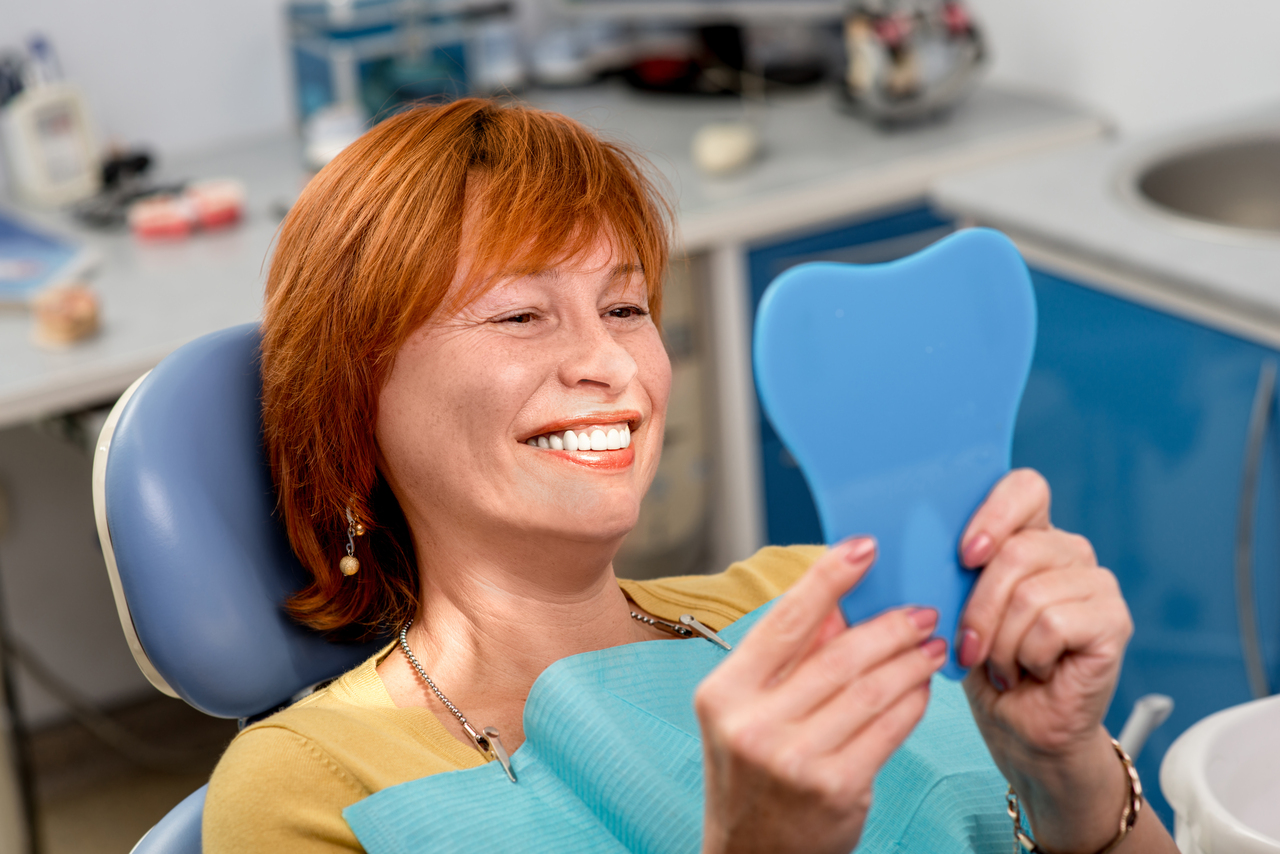Yoga practices date back centuries ago, with evolution leading to today. The modern world has embraced yoga practices and has more or less become a lifestyle for hundreds of thousands of people globally. The benefits are certainly not exaggerated, and so you have more reasons to consider starting on yoga than ever before. The services range from mental to physical and others that are being researched on. But one thing that is for sure is that you can help personally better yourself from the inside out.
You may have seen all the yoga poses and practices and thought they were one of the trickiest things in the world, but that is certainly far from the truth. Yoga is inclusive so that anyone can start yoga without their age or background. Below is a comprehensive guideline on yoga’s vital aspects to get started.
Yoga Types and their Benefits
It is vital to know the origin of yoga to get the foundation of what you are doing and the yoga practice’s primary intended use. Hundreds of thousands of people worldwide have embraced yoga as part of their lifestyle, transforming their lives to holistic levels in different ways. The term yoga originates from the word ‘yuj,’ which primarily means to York, join, or unite. It described the union of the heard through the practices or unification of the physical body, the spiritual foundation that makes us who we are.
There are different levels to yoga, especially in the spiritual sense, but anyone practicing yoga can decide on the side they like, from the physical to the spiritual. With more than 5000 years of yoga development, there is so much research done on how it connects to our lives and everything it offers for the people who embrace it.
Many people in the modern world are using yoga to stay physically fit, but using it as a spiritual practice or mixing comes down to bringing harmony, stress relief, and meditation. There are no short elements on what yoga can do for anyone personally.
Incorporating both body and mind into one system is one of the best ways for anyone to get in touch with that part you have been feeling is missing in you, and yoga is one way you can accomplish that. Some of the benefits you can experience in yoga include:
• Strengthening muscles
• Increasing body circulation
• Boosting energy levels
• Improving concentration and focus.
• Decreasing stress
• Improving flexibility
• Decreasing inflammation
• Helping with sleep
• Enhancing balance
Types of Yoga
Yoga is a comprehensive and diverse practice that encompasses various elements: getting into yoga, knowing about the nitty-gritty details about the different yoga types and their entail. All the styles you may have already heard of have their elements, and so understanding them will give you better insights on which varieties work for you and go hand in hand with your yoga goals and objectives. Below are some of the yoga types you can consider starting with.
Ashtanga
Even as a beginner, Ashtanga yoga poses are a good practice to consider to learn as much as possible. The Ashtanga mainly involves working on specific poses in each session, giving you the time to master the poses in great detail. Before moving to the following yoga levels, you will have mastered the art of the yoga poses you have worked on and ways to get better and faster results. The Ashtanga class is ideal for perfectionists who want to learn all the vital aspects of yoga poses and be as flawless as possible. In the long run, getting the perfect form goes a long way into knowing exactly what you need as a yogi.
Vinyasa
Vinyasa yoga is way quicker compared to Ashtanga and Hatha yoga types. The pace is faster. It mainly deals with synchronizing movements with breathing to get through the pose’s series within as little time as possible but practicing in all the necessary details.
Vinyasa sessions are full of energy and encompass strong movements and flows that are none-stop from one pose to another. If you prefer traditional workouts and still want to benefit from yoga, then the Vinyasa is the best for you.
Hatha
Hatha is a prevalent yoga type, sometimes used as a general term for yoga. This type of yoga’s primary focus is on breathing techniques and poses. The process is generally much slower since participants have to maintain focus which is a critical element. Most of the time, the participant have to hold their breath for specific periods while at the same time maintaining their pose structure. Holding longer breaths is something you see for many experienced yogis, but even beginners can start and get to that level with time. The more you are into the poses while holding longer breaths, the more alignment you get. The Hatha is also an excellent place to start for beginners since it lets you practice as many poses as possible, giving you more practice on the poses and what’s to come as you advance.
You learn everything and do not miss out on some of the vital elements with the slow pace. The more commitment you give, the better your yoga skills and results.
Kundalini
Kundalini’s type of yoga is also relatively different from the other types due to its unique aspect. The sessions encompass intense breathing and meditation and some chanting along with it. The mixture of chanting, meditation, and breathing is designed to elevate consciousness and activate your body chakras. You can tap into all your energy centers and unlock them both for physical and mental development.
Yin Yoga
Yin yoga is another yoga type that is slightly different from the rest. It deals with poses that yogis need to hold for a while as they focus on the relaxation and softening of the muscles.
For Yin yoga, it entails holding various poses for a couple of minutes while maintaining your focus on relaxation and softening of connective tissues.
For a more meditative type of yoga, Yin yoga has more of that type of practice since there is a lot more focus for specific steady poses. The benefits are from the mind to the muscles and, in the end, increasing muscle strength and mental states.
Bikram Yoga
If you have ever heard of a ‘hot yoga’ class, Bikram yoga is exactly that. The practice mainly encompasses two techniques and a couple of poses that occur in heated rooms to sweat during your sessions. Since the rooms have higher temperatures, they mainly help get deeper body stretched, and they can also relieve chronic pain, which acts as a detoxifier. If this sounds like a yoga type you would want to try out, then you can go for it and taste the waters before committing to it.
Home Yoga Poses
There are many yoga positions and some more coming up as years go by at your disposal. So, if you don’t have time to attend any yoga classes, there is so much more you can do just on your own to get the benefits that come with the practice whenever you are at home. Below are some famous poses that can give you the most help:
The Downward Dog
It might have an odd name, but trust me, it’s a perfect yoga pose to do when you are at home and not as busy. It works in a kneeling position, so you will have to go down on your knees and place your hands right on your shoulders. After placing them, spread all your fingers as wide as you can.
Using your toes, tuck them under and use your abdominal muscles to push your body off the surface so that only your hands and feet come in contact with the bottom. Keep pressing through the hands and slightly move your chest side towards your thighs. Makes sure you are pushing the floor using your heels. Breath and keep your neck relaxed.
Crescent Lunge
The crescent lunge works in a standing position. Start by placing your left foot’s ball to the back. Keep your feet a bit wider from each other while you are standing. Use your arms, pull them overhead directly, keep your knee at an angle preferably 90 degrees, and don’t shift while holding keeping the position. Keep your shoulders relaxed and continue stretching upwards while at the same time lengthening your back leg.
Keep holding the pose for some seconds and finally switch sides. Repeat the procedure, maintaining the poses for the duration of your session.
Happy Baby
The happy baby yoga pose is relatively straightforward, and just about anyone can do it without any hurdles at all. While on your back, use the index finger and the middle finger to grab your big toe. Slightly draw your toes and pull your knees towards your shoulders side. Make sure to consider pressing your elbows and keeping your knees open. Hold the position for about 30 seconds, breath, and relax. Repeat the process until you get a clean form and use it repeatedly in your next sessions.
Yogi Squat
The Yogi squat is precisely how you may have pictured it, but it is not just a regular squat. You have to follow the other vital positions to get the yogi squat right. When on your feet, you will first have to crouch down, place your hands together in front of your chest. While doing that, ensure you maintain your tailbone in between your ankles. Press your hands firm and keep the elbows pressed against your inner thighs. Hold the position for not more than 30 seconds, then relax while breathing. Keep repeating the process, and don’t forget to keep everything in the necessary position.
Child’s Pose
The child’s pose is directly easy to do. You will have to start on your knees and hands to get the position right. Start by spreading your knees in different directions. Maintain your torso’s lowered position and extend your arms towards your front side. Then, let your hands rest down on the yoga mat or a pillow. Keep holding the position for a couple of minutes and finally take deep breaths.
Conclusion
For the home yoga poses, you only need a small amount of space, so you can use it anywhere that works for you. With yoga, nothing is stopping you since you don’t need any equipment. All you need is tour commitment to keep it going.








